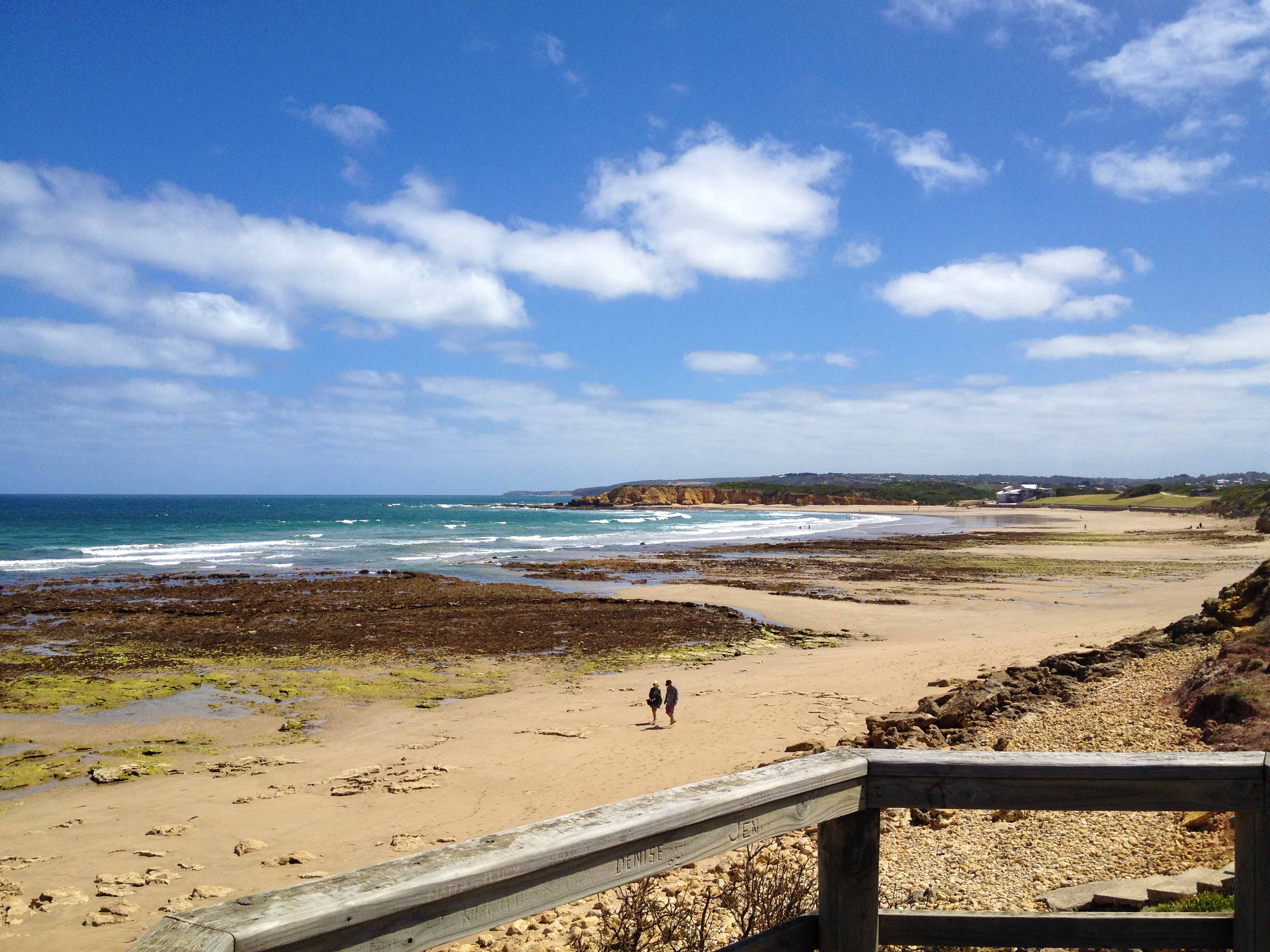Labor Day Weekend was a couple weeks ago for you Americans. The weather is starting to cool a bit, sweaters are pulled from the closet and leaves are beginning to drop to the ground.
Of course, here in Australia, the opposite is happening. Sunny days are just beginning to out number dreary ones. We’re pulling the extra blanket off our bed and starting to leave the door open on warmer afternoons. As the sun becomes more frequent I find myself being pulled outdoors. My restless legs are starting to stir and I can’t help idly browsing Skyscanner and AirBnB more often.
We still have 4 months to go, though, until we’re off to Southeast Asia. Until then we’re trying to lay low and save up money. So how do travel addicts like ourselves, or those that aren’t able to travel, keep entertained while staying still? Here’s how we make staying at home feel like a vacation:
Read A Travel Book
It’s incredible how far books can take you. Seriously, I’m not trying to get too Reading Rainbow here, but books can transport you to just about anywhere in the world. My all-time favorite activity is reading a book set in the place that I’m traveling in. I took Jack Keraouc’s Big Sur on our road trip to Big Sur. Jules and I slowly relished every word of Gabriel Garcia Marquez’ 100 Years of Solitude while in Colombia. If you can’t read a book in the country that it’s set, the next best thing is to let that book take you there.
If you need some inspiration, here’s a good list.
Plan Your Next Trip
This is going to sound like BS, but planning a trip can be almost as fun as actually traveling. According to science, a large part of the happiness boost that comes from vacationing is actually from the planning stages. Even if you’re not sure when you’ll actually be able to take your trip, planning it out can be a great motivator. Once you’ve discovered destinations, tours and hotels you’d love to check out, you’ll be more inclined to start pinching pennies so you can actually go! The anticipation and excitement of choosing where to go and creating an itinerary can be a lot of fun. Go on! There’s no harm in looking!
Connect With Travelers
You may not be able to travel at the moment but you can still get in touch with other travelers. Sites like Couchsurfing and Meetup host get-togethers where you can meet travelers or ex-pats from another country. Swapping travel stories with other backpackers will make you feel like you’re back in a hostel, chatting with others about your latest adventures. If you’re interested in learning about a certain country or region, find meetups that are based around that theme. Check out a language exchange night or a foodie group!
Explore Your Own Backyard
It’s crazy that backpackers can travel the whole world and barely explore their own backyard. Okay, not your actual backyard (although setting up a tent and having a camping night in your own yard is always a win), but explore your area! Go on a weekend road trip. Set airfare alerts for cities in your state. Take a staycation and get to know every nook and cranny in your city. Host a Couchsurfer for a drink or coffee and show them what is so unique about what you’re from. You don’t have to travel halfway across the world to remember how special home is.
